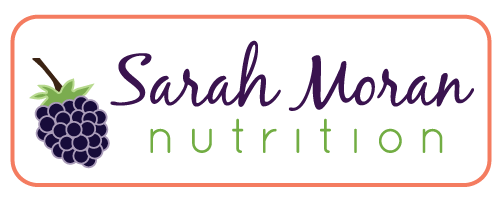The Basics to Building a Healthy Meal
/ Today, we're going back to basics. I write a lot about the intricacies of the food system and the current issues I feel passionately about. However, sometimes I think we get so caught up in the details that we can miss out on the foundations of healthy eating. Generally, I don't subscribe to specific meal plans. Everyone is different and what works for one may not work for someone else. With all that said, my experience so far as an intern has shown me one approach that seems to resonate with a lot of people: the plate method. Now, this is similar to USDA's MyPlate, but it has a few difference that I like better and it came around long before the government's new graphic.
The basic principle behind this is using the visual of a plate to teach appropriate portions of different food groups. When building your plate, follow these principles:
Today, we're going back to basics. I write a lot about the intricacies of the food system and the current issues I feel passionately about. However, sometimes I think we get so caught up in the details that we can miss out on the foundations of healthy eating. Generally, I don't subscribe to specific meal plans. Everyone is different and what works for one may not work for someone else. With all that said, my experience so far as an intern has shown me one approach that seems to resonate with a lot of people: the plate method. Now, this is similar to USDA's MyPlate, but it has a few difference that I like better and it came around long before the government's new graphic.
The basic principle behind this is using the visual of a plate to teach appropriate portions of different food groups. When building your plate, follow these principles:
- Fill half of your plate with non-starchy vegetables. This includes greens, celery, broccoli, cauliflower, carrots, tomatoes, cucumber, cabbage, Brussels sprouts, peppers, onions, summer squash, eggplant, asparagus, and many others.
- Fill a fourth of your plate with whole grains and/or starchy vegetables. Think pasta, rice, potatoes, peas, corn, beans, and bread.
- Fill a fourth of you plate with protein. This can be in the form of meat, nuts, seeds, and the like.
- Add a serving of fruit and/or dairy on the side. Not required, but worth considering.
Long story short, you're filling up on nutritious veggies! This can be an especially helpful guide when going to a potluck or family get-together. Just fill your plate accordingly and, as always, eat mindfully.
